Welcome to my little blog about life in Japan, Japanese religion, culture and history. UNLESS REBLOGGED FROM ANOTHER, ALL CONTENT IS COPYRIGHT ©JAMESKEMLO
Don't wanna be here? Send us removal request.
Text
令和 REIWA the beginning of a new era.
Welcome to year one of Reiwa. The beginning of a new era in Japanese history. The end of Heisei (平成時代). Welcome to the era of the reign of his Royal Highness Emperor Naruhito.
The Reiwa period will start on May 1st 2019 when Prince Naruhito ascends the throne to become the 126th emperor of Japan. 2019 corresponds to Heisei 31 until April 30th, and Reiwa 1 (令和元年 Reiwa gannen, gannen means "first year") from May 1st.
Reiwa ushers in a new era of significant change in Japanese society. New systems aimed at changing the way people work. The introduction of greater numbers of foreign workers - something that would never have been considered only ten years ago. Major revisions to the Labour Standards law will be implemented to stop the practice of working excessively long hours and to force Japanese people to take more time off work. Companies will be required to force employees to take at least five days of paid leave per year. Regulations with penalties for overtime are being introduced.
In the next five years, with the new visa status of “specified skilled worker” as many as 340,000 foreign workers are expected to move to Japan to work in 14 areas including nursing - and in the biggest shock to Japanese society - agriculture. Imagine that, foreigners tilling the fields and working on farms in Japan. I never thought I’d see that!
Numerous other things will see even more significant changes in Japanese society: the National pension premium will rise by ¥70 to ¥16,410 per month. A tax cut will be introduced for those who purchase electronic cars. Oh, and did I mention more foreigners.
So, what’s in a name?
令和 Reiwa. 令 rei: orders, command, ancient laws, decree, fortunate + 和 wa: harmony, peace, Japan, Japanese style.
Reiwa signifies order and harmony. This is the first time the kanji for nengō have been chosen from Japanese classical literature. The kanji were selected from the ancient Manyōshū (万葉集) - the oldest extant compilation of Japanese poetry, written between 600 and 759 CE. "初春令月、氣淑風和", which means "Nice weather in an auspicious month in spring." The two kanji used in nengō have always previously been chosen from ancient classical Chinese literature.
Reiwa is the 248th era in the history of Japan, the worlds oldest monarchy. Reiwa was the first time a new era has been announced while the reigning emperor is still living. Akihito is also the first emperor to abdicate for 200 years.
An era name, nengō (年号) is an indivisible part of public life and shared memory in Japan. Everything that happens in the years to come — births, deaths, natural disasters, cultural and social circumstances, elections and political scandals —all will be connected to the era name.
The proclamation of a new era has happened only twice in nearly a century. Japan has had 247 era names since instituting the system under Emperor Kōtoku in 645. From the Meiji era (1868–1912), there has been one era for each emperor. Previously, however, the name often changed several times during an imperial reign, such as in a spirit of renewal after an inauspicious event like a war, earthquake, epidemic, or major fire.
After his May 1 investiture, the new Emperor Naruhito will bear the new era name Reiwa for the duration of his rule and into death, becoming his official name after he passes.
Since Emperor Akihito announced his intention to abdicate, a highly confidential committee has been scrutinising ancient Japanese documents in search of the quintessential two kanji to describe the new era. The process, like the imperial system itself is steeped in Shintō ritual.
The introduction of the new era name brings with it some immediate conundrums in so much as it affects the printing and manufacturing of everything from government documents to calendars, family history registers, money, train tickets to computer software, official documentation to criminal and police records. Printers and programmers will be hard at work over the coming months bringing everything up to date. City offices and government agencies, which mostly use nengō in their computer systems and paperwork, have been preparing for months to avoid glitches. Car, bike, truck, bus, and boat manufacturers have been creating new VIN tags and Identification plates.
Officials will cross out Heisei on thousands of documents and stamp the new nengō above it until all old documents have been used and the new ones will come into use.
Schools and hospitals have been updating their electronic sign on systems and data bases to accept he new nengō.
The nengō is more than just a way of counting years for many Japanese. The introduction of a new nengō brings a lot of weight with it, it defines a period in history. As the Heisei era ends, it is remembered for all that it has defined in the hearts and minds of the Japanese.
The nengō is a word that captures the national mood of a period, similar to the way "the roaring '20s" evokes distinct feelings or images. Nengō gives a certain meaning to a historical period, it’s the same as when historians refer to Britain's "Victorian" or "Tudor" eras, tying the politics and culture of a period to a monarch.
The 64-year Shōwa era (昭和時代) was a period of extraordinary pandemonium. The reign of the Shōwa Emperor Hirohito (December 25, 1926 until his death on January 7, 1989) saw Japan move from a minor democracy to outright militarism, bringing aggressive colonial expansion. It pursued a war of aggression that killed millions across the Pacific. Something China and South Korea, even after 73 years, can’t ever forgive. Following the end of defeat in the war, Japan's remarkable economic growth has been called the “Japanese Miracle,” as the economy grew three times faster than other major nations. Shōwa has then generally come to be identified with Japan's recovery and rising global prominence in the decades after World War II.
The Heisei era (平成時代) the reign of Emperor Akihito (8 January 1989 until abdication on April 30 2019) began on a high with decades of robust economic growth which saw Japan become a world leader in electronics and manufacturing, textiles and fashion, art and science. But the economic bubble soon popped, ushering a long period of stagnation. A series of disasters, the Kobe earthquake in 1995 and the Tōhoku earthquake in 2011, have marred the image of the Heisei era. Particularly the governments inability to provide efficient and effective relief during these times has given the Heisei era a gloomy image.
Reiwa is looking already to see major changes in Japanese society. The introduction of more foreigners, the merger of major companies and the closing of others. The, as yet, supposed willingness of the Japanese government to implement better care for the people and a more robust and efficient labour system. Possible changes to the constitution.
With the 2020 Olympics in Japan and the beginning of a new era, Japan is hoping to move beyond the Heisei era, beyond all the turmoil and stagnation. The ascension of a new emperor and the naming of a new era gives the people the sense of a fresh start and it’s certain to have a positive effect on the economy and society as a whole.

432 notes
·
View notes
Photo
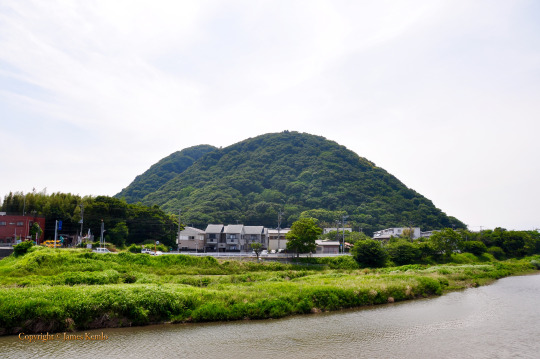
Mount Koma (168 metres), Hiratsuka Kanagawa, Japan. The mountain has an abundance of archaeological remains that show the Korean people settled here in the 6th to 8th centuries, becoming what were later called the “Kantō folk” - the people of the Kantō.
6 notes
·
View notes
Photo

釈迦如来 - shakanyorai: Gautama Buddha, Shakyamuni, the historical Buddha.
2 notes
·
View notes
Text
The Buddhist concept of enlightenment.
I often get questions on the Buddhist concept of enlightenment (nibānna). In particular there seems to be an idea that Enlightenment as it is seen across all the sects of Buddhism is the same and that it has remained unchanged in concept since the time of Guatama Buddha.
To suggest that Enlightenment is the same across all sects of Buddhism is a grave mistake. Zen Enlightenment is nowhere near the same concept as Theravada Enlightenment. Shingon Enlightenment is nowhere near the same concept as Tibetan Enlightenment. Each sect, branch, sub-sect of Buddhism has evolved its own interpretation on what constitutes Buddhist Enlightenment.
The concept of Enlightenment has evolved over time. Historical, cultural and temporal conditioning have affected the concept of Enlightenment so that it has different interpretations across all the various sects and sub-sects of Buddhism.
Individual associations with the term Enlightenment and the meaning of Enlightenment have been debated and discussed in thousands of sūtras over the past two thousand years.
The meaning of Enlightenment can be shown to have varied over time. The concept of Enlightenment has often been the primary reason for the founding of new branches and interpretations of Buddhism, schisms and break aways have formed in lineages due to an individuals newer interpretation of Enlightenment and how to achieve it.
So, it is no easy thing to explain the concept of Enlightenment. Not without explaining all the different interpretations that have evolved over time, and the different methods for achieving Enlightenment that are the very reason for the various sects of Buddhism. Not without first asking the questioner, “According to which sect? According to which teacher? and according to which point in time?”
The annihilationist view that maintains Enlightenment is nothing more than the cessation of dukkha - the cessation of conditioned existence and samsāra - the wheel of suffering and the realisation of anattā - no-self, this is what most people will say is Buddhist Enlightenment. The release from the wheel of dependent origination - samsāra.
Enlightenment then is little more than annihilation.
But then in Sōtō Zen, Enlightenment is seen as not merely an annihilation of conditioned existence, but rather a higher impersonal and non-subjective consciousness - a state of bliss.
Though this bliss is a state for no one - for no “I.” For there is no “I” to actually achieve Enlightenment in the first place.
10 notes
·
View notes
Photo
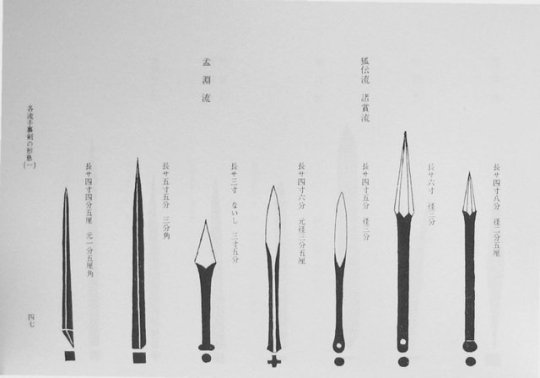
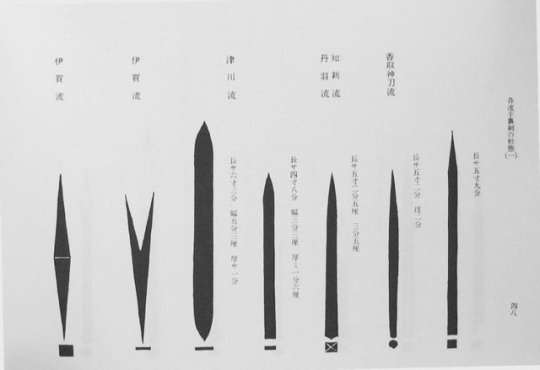


The most commonly used shuriken (手裏剣) types used by samurai during the Tokugawa period (1600-1868).
The modern image of “ninja” throwing star shaped implements is complete fiction. Historically the ‘ninja star’ never existed.
9 notes
·
View notes
Photo
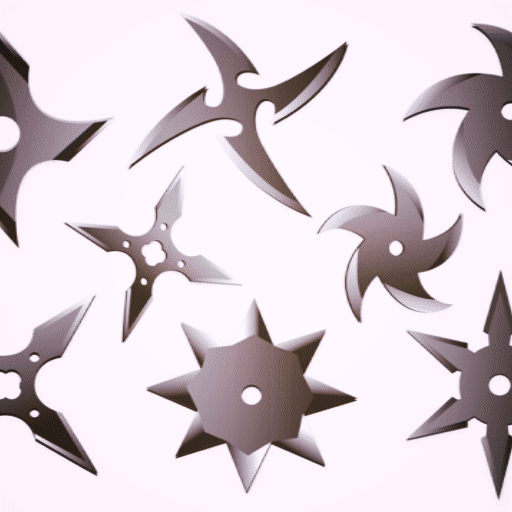
Historically there never was any such thing as a ‘ninja star.’
It’s complete fiction.
手裏剣 - shuriken: 手 hand + 裏 reverse, back (hidden) + 剣 blade, sword
Samurai threw long needle-like shuriken. During the Sengoku period and into the early Edo period, short swords were thrown as shuriken.
There was no such thing as a weapon used solely by samurai trained as shinobi (ninja). Samurai would employ weapons that suited their given task or were deemed useful at a given time.
It was common for samurai to carry nine shuriken, the number nine being especially auspicious.
A shuriken is a distraction weapon, it was thrown to take an opponent by surprise before launching a full on attack. As such, samurai were able to withdraw a shuriken, throw it, and then draw their sword to follow through, all in one swift motion.
13 notes
·
View notes
Photo

エロマンガ - eromanga: erotic comic books, erotic cartoon strip.
The word Hentai 変態 CANNOT be used to refer to manga. Hentai ONLY refers to PEOPLE.
1 note
·
View note
Photo
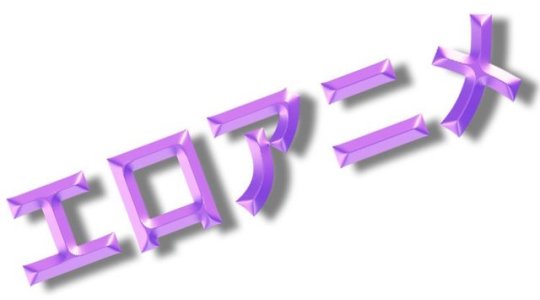
エロアニメ - eroanime: erotic anime.
The word Hentai 変態 CANNOT be used to refer to anime. Hentai ONLY refers to PEOPLE.
1 note
·
View note
Photo
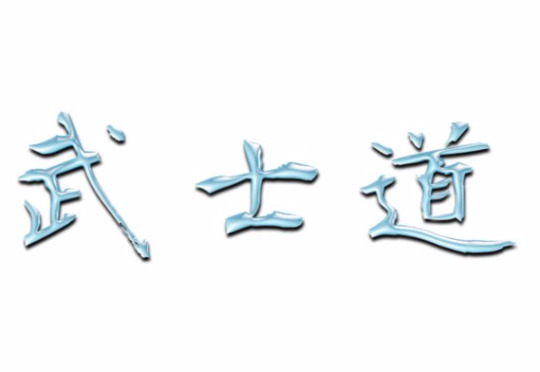
武士道 - Bushidō: samurai code. An imaginary code of chivalry that can be traced to the period between 1898 and 1914.
3 notes
·
View notes
Photo
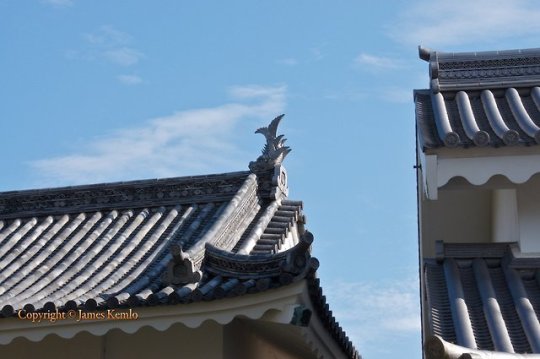
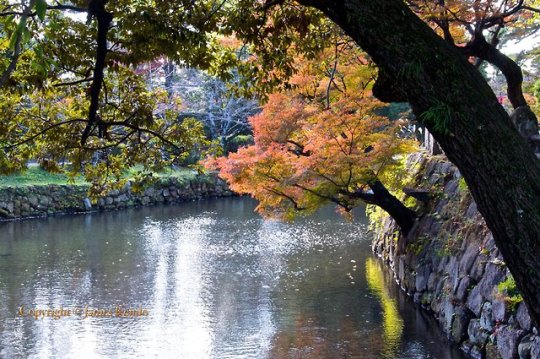
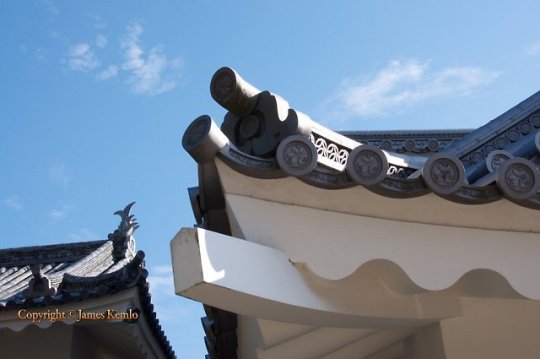
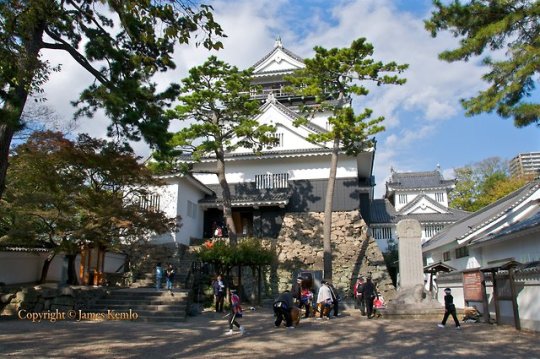
Okazaki castle, Okazaki, Aichi Japan.
6 notes
·
View notes
Photo
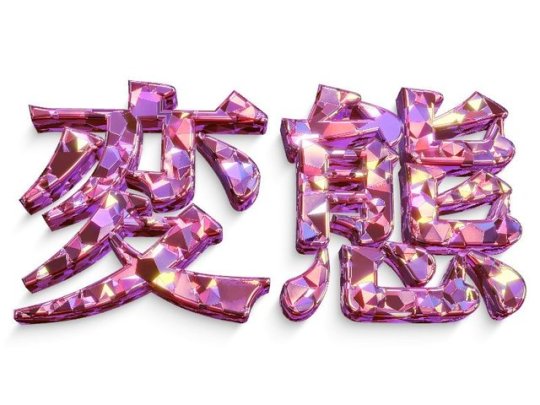
The term hentai (変態) is used to describe PEOPLE that are sexually perverted. It CANNOT be used as a genre of movies/comics/anime.
5 notes
·
View notes
Photo
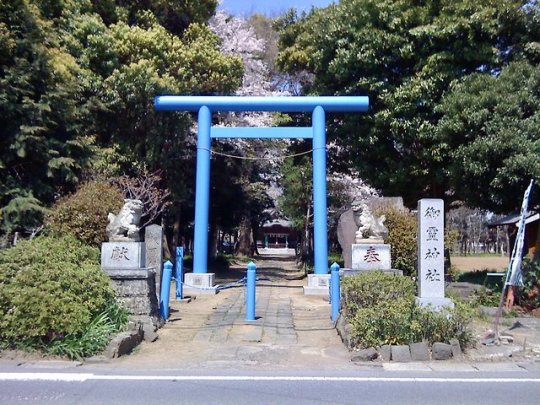

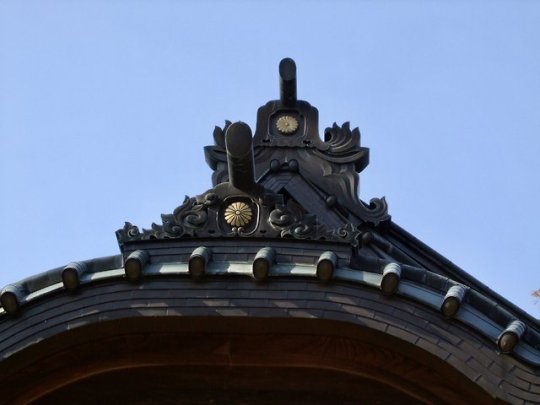
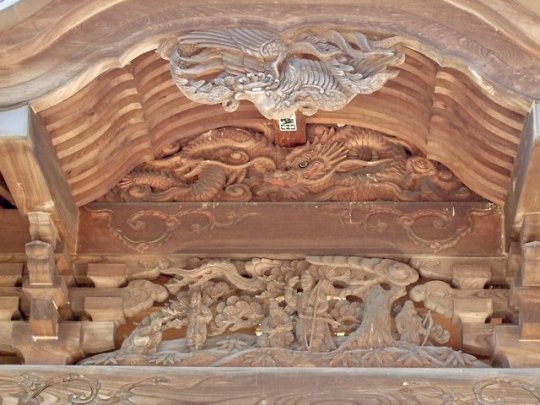
Orei Shintō Shrine. Hiratsuka, Kanagawa, Japan.
4 notes
·
View notes
Photo

鳥居 - torii: sacred Shintō shrine archway, gates to the sacred precincts of a Shintō shrine, gates to the gods.
3 notes
·
View notes
Photo

布袋 - Hotei: the wandering Chinese Buddhist Zen monk that everyone the world over mistakenly thinks is the Buddha. Hasedera, Kamakura Kanagawa Japan.
2 notes
·
View notes

